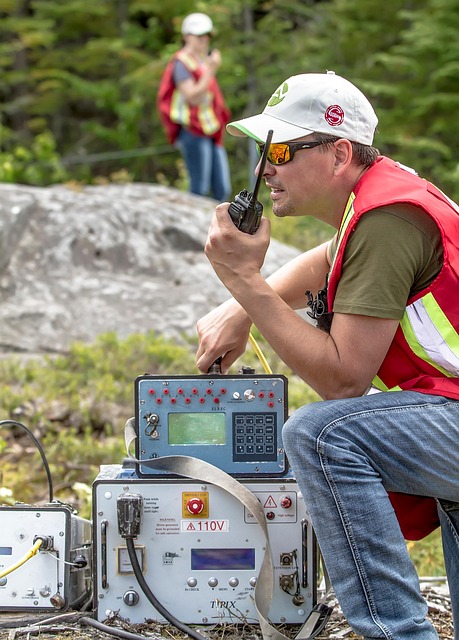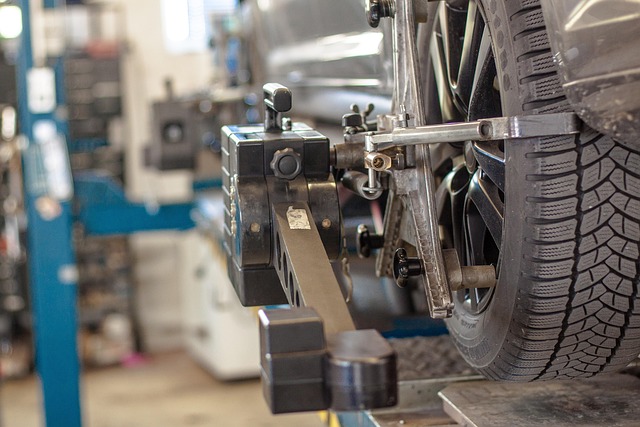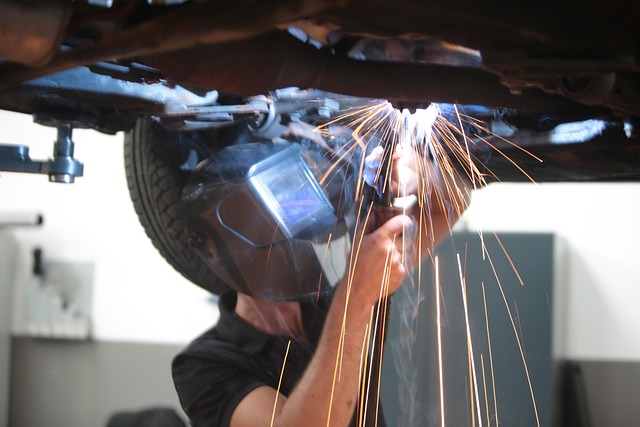Cold weather, road salt, and wind cause paint chipping on cars, affecting edges, fenders, and hoods due to metal shifts. Repairs require high-quality, matching touch-up paint and tools. In cold weather, prepare the area, fill chips, sand, prime, then paint with even coats for a seamless finish.
“Cold weather can cause paint chips, a common yet pesky issue. Learn how to tackle these unsightly imperfections with our comprehensive guide on applying paint chip repair techniques during the colder months. Understanding the causes of paint chipping in low temperatures and gathering the right tools are key. We’ll walk you through a step-by-step process, ensuring your repairs are effective and long-lasting. Get ready to restore your surface’s smoothness and protect it from future damage with these expert tips on paint chip repair.”
- Understanding Paint Chips and Their Causes in Cold Weather
- Gathering the Right Tools and Materials for Repair
- Step-by-Step Guide to Effectively Fix Paint Chips During Cold Months
Understanding Paint Chips and Their Causes in Cold Weather

Paint chips are a common issue during cold weather, caused by various factors such as rapid temperature changes, road salt, and harsh wind conditions. These small fragments of paint can appear on vehicle surfaces, particularly in areas exposed to the elements. In colder regions, car owners often notice paint chips around door edges, fenders, and hoods due to the constant expansion and contraction of metal caused by fluctuating temperatures.
The onset of winter also brings road salt, which can accelerate corrosion and weaken the paint’s integrity. As salt crystals penetrate the paint’s surface, they can lead to further damage and ultimately contribute to paint chipping. When visiting an auto collision center for auto frame repair or car body repair, understanding these causes is essential in effectively addressing and preventing future paint chip repair.
Gathering the Right Tools and Materials for Repair

Before beginning any paint chip repair, it’s crucial to gather the right tools and materials. This includes a high-quality matching paint or touch-up kit specific to your vehicle’s make and model, along with items like a small paintbrush, sandpaper (grit 400-600), a cloth for wiping away dust, and an applicator pad. Ensure you’re working in a clean, well-lit area to achieve the best results.
Choosing the right products is key; opt for a paint touch-up kit designed for professional-grade repairs from a trusted collision center or body shop service. These kits usually include everything needed for the fix, allowing you to handle small chips and scratches yourself. Remember, proper preparation is vital for a seamless finish, so don’t skimp on materials—a quality set will make all the difference in the final look of your vehicle’s paintwork, giving it the care and attention it deserves.
Step-by-Step Guide to Effectively Fix Paint Chips During Cold Months

Applying paint chip repair during cold weather requires a few simple steps to ensure lasting results. Start by preparing the affected area by sanding down any rough edges and cleaning away dust or debris. This creates a smooth surface for the repair process. Next, use a high-quality auto collision repair kit designed for fixing paint chips. Apply a thin layer of the repair compound over the chip, making sure to fill in all gaps and contours. Allow it to dry according to the manufacturer’s instructions before sanding again to achieve a seamless finish.
Once the area is smooth, apply a coat of primer to ensure proper adhesion of the final paint job. Let the primer dry completely, then use a matching or similar color of paint from an auto repair shop to cover the chip. Apply even coats and allow each layer to dry before adding another. This method not only repairs the damage but also ensures your vehicle maintains its aesthetic appeal during cold months.
Applying paint chip repair during cold weather is entirely feasible with the right approach. By understanding the causes of paint chips in chilly conditions and gathering suitable tools, you can effectively restore your vehicle’s exterior. Following a step-by-step guide tailored for cold months ensures a successful fix, leaving your car looking as good as new. Remember, prompt action on paint chip repair can prevent further damage and maintain your vehicle’s aesthetic appeal throughout the year.














